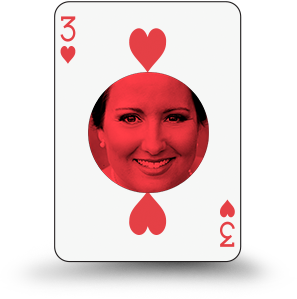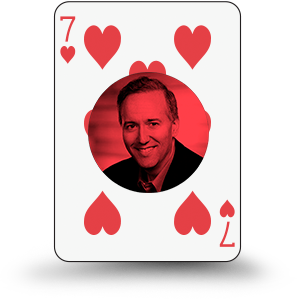What marketing automation platform are you using and how long has it been a part of your tech stack?
We’re using Pardot, which we implemented in late 2015/early 2016.
What are the key features you utilize and find critical on a daily basis? Why?
We use Engagement Studio to automatically target messaging to key audiences and generate MQLs based on each person’s historical activity. This tool is powerful and has helped us to both automate campaigns and combine our web analytics with Pardot to automatically generate MQLs when key journey steps are triggered by known website visitors.
Do you believe that you are maximizing the use of your MAP? Why or why not?
I believe we’re maximizing about 90% of the system. We need to do a better job with outbound email personalization and A/B testing to optimize performance. We have started to implement a more formal program for this across the digital marketing space that Pardot is a part of at Esri.
We’re finding great success with Engagement Studio, as mentioned earlier, and have done solid work to optimize our open rates and increase them effectively over the last two years. We’ve also done a great deal of work to clean up the database and keep it clean, while also enriching our database with tools like Demandbase and Informatica Data Quality. Lastly, we use Pardot Dynamic Content to build data layers for our website that Adobe Analytics understands and allows us to track non-PII data about web visitors that are known to Pardot within our web analytics reporting. The insights and web signals generated have delivered significant leads and value at $8.4 million in pipeline alone, from lead scoring and related, automated campaigns that go above and beyond the normal marketing pipeline contribution.
What are the challenges limiting your abilities to leverage the full functionality of your chosen MAP?
The separation of databases between Pardot and Salesforce creates challenges for us. Not having a single database that Pardot and Salesforce operate from makes it difficult to access and activate the wealth of data sales generates in the CRM to improve marketing campaigns and audience targeting. The biggest impact is in campaign attribution but responding to customer product data stored in Salesforce custom objects automatically is also difficult — partly due to how we built those objects and partly due to how Pardot and Salesforce are not fully merged. There were also very limited reporting capabilities out of the box, requiring us to purchase add-ons and explore other solutions for business intelligence to measure and prove results.
What are the features/functionalities you are looking for your MAP to incorporate in 2019 to improve performance? Why?
Improved AI & machine learning for lead processing, scoring and grading. We also want to use account insights to improve audience targeting, as well as lead quality and quantity and velocity to won opportunities. Combine the MAP and CRM datasets completely, so that we can better leverage the power of Pardot against all of the data we have tracked across the CRM more easily. Second to that, improve Pardot’s ability to “listen” to incoming traffic, so that we can define the Salesforce Campaign for each visit and form completion using UTM parameters just like we can for web analytics. This can vastly improve our campaign attribution automation between Pardot and Salesforce, without adding several steps to the campaign set-up process.
What is your New Year’s resolution for marketing automation?
Work with our email team to implement a true A/B testing program that’s tracked within Pardot and can be measured at scale in web analytics for layout and content effectiveness. Have a sales partnership where they are embracing the quality of leads marketing is creating (this is already well underway).




















